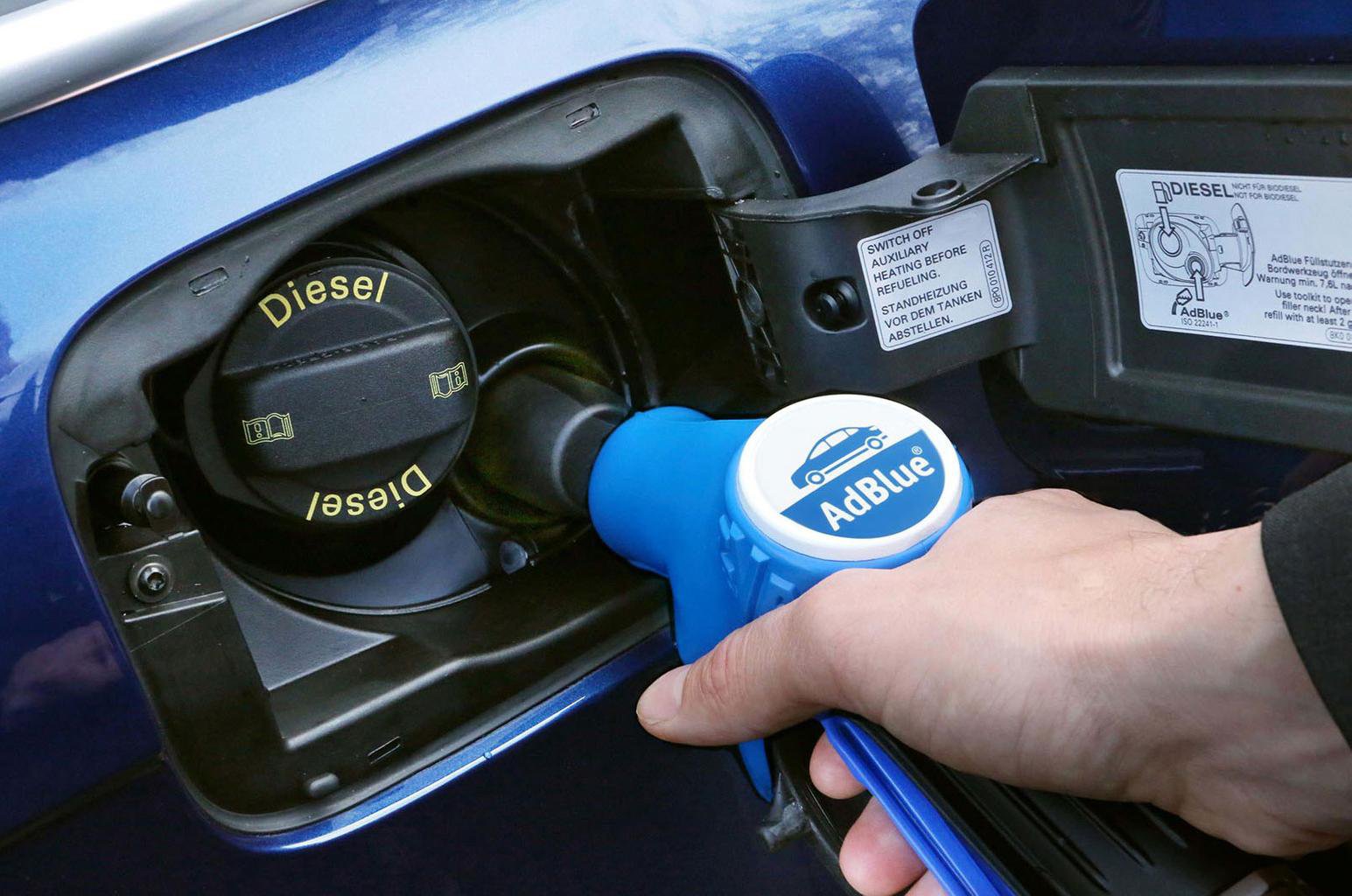Before learning about the various food distribution channels (such as wholesale food distribution, catering food distribution, overseas food distribution), it is good to take stock of what is meant by perishable goods transportation.
First of all, let’s take a step back: what do you mean by perishable goods? Perishable goods are those products that are destined to rot over time or become stale. This category includes foods, beverages, and anything that can be ingested by a human being, such as drugs.
Millions of tons of perishable goods travel on roads around the world every year. But who determines how to properly transport perishable goods? Let’s find out together in the next few lines!
Food distribution channels
Transportation of perishable goods is a very demanding job that requires a lot of care. In order to carry out the transportation of perishable goods, suitable means and the right temperature of refrigerators are needed so as not to affect food preservation.
The ATP (Accord Transport Perissable) is an international standard that establishes parameters for storing goods in transport routes. Thanks to this law, it is possible to guarantee a food that is always fresh and unadulterated, protecting the health of the recipient and respecting the goodness of the product.
Wholesale food distribution
As we have seen, the ATP regulations stipulate how to properly transport perishable goods so that they reach the customer absolutely unadulterated.
First of all, it is essential to ensure optimal thermal conditions, whether these tend toward cold or warm. This is the only way to ensure the proper conduct of the business of transporting perishable goods. Storing food in the best way, meeting ATP parameters, ensures that food is not wasted and that there is greater awareness on the part of the consumer and those transporting perishable goods. Let’s look specifically at what temperatures a motor vehicle must travel at when transporting perishable goods.
ATP regulations state that thermal insulation that lasts at certain outside temperatures is required to transport perishable goods. The ATP provides temperature limits within which one can travel safely, divided by vehicle classes.
For example, if the outside temperature is 30 degrees, the temperature of the cold room on the vehicle will have to be 0 degrees for class A, -10 degrees for class B, and finally more than -20 degrees for class C. If the so-called “cold chain,” that is, the path a food takes from the producer to the consumer, is broken it can seriously affect the healthiness of the food.
In general, to comply with the cold chain, frozen food products must still be transported at or below -18 degrees Celsius. In contrast, non-frozen food products must meet precise temperatures for each type of food. For example, meat will have to be stored at 7 degrees, fish at 2 degrees and ice cream at – 22 degrees.
Ateco code food distribution
Ad The Ateco code for food distribution is 46.38.90. Freelancers can enter the flat-rate regime at 15 percent with activities that do not exceed the annual revenue threshold of €65,000.








